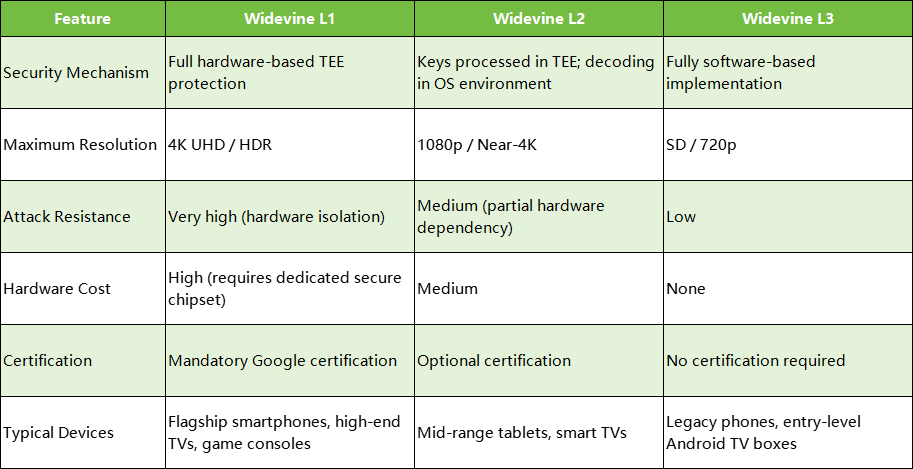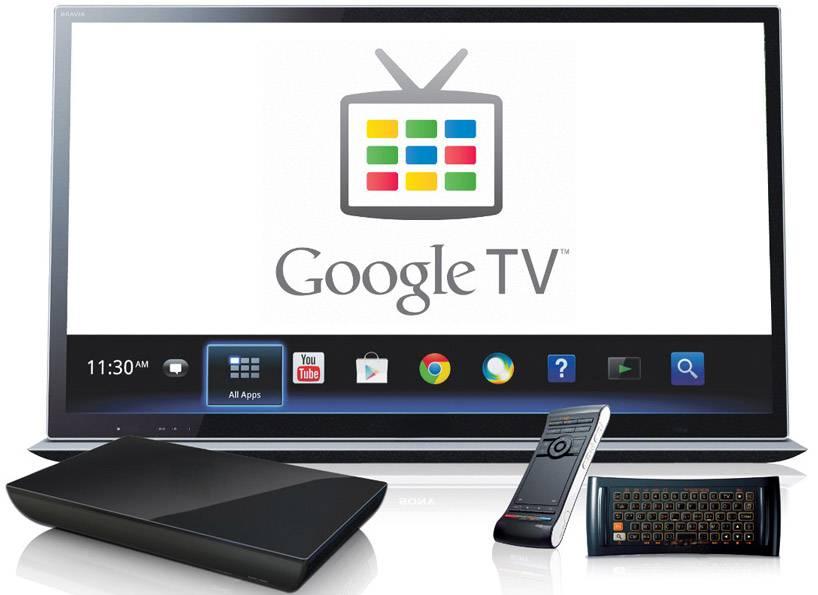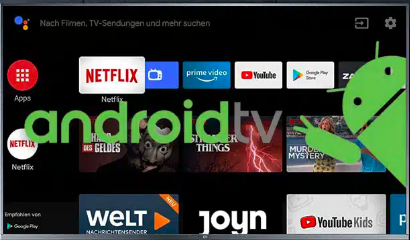Detailed Explanation of DRM Widevine L1, L2, L3 and Its Relationship with Google GMS Certification
I. Overview of Widevine DRM
Widevine is a digital rights management (DRM) technology developed by Google, widely used across the video streaming industry by platforms such as Netflix, Disney+, and YouTube Premium. Its primary function is to protect highvalue content from unauthorized copying or distribution. By utilizing encryption and access control mechanisms, Widevine ensures that digital media can only be played on authorized devices and under legitimate user scenarios.
Widevine defines three security levels—L1, L2, and L3—each corresponding to different levels of security, hardware requirements, and applicable use cases. The following sections provide an indepth analysis of their technical differences and industry applications.

II. Detailed Breakdown of Widevine Security Levels
1. Widevine L1 – Highest Security Level
Key Features:
HardwareLevel Security:
All critical operations—including key decryption, video decoding, and rendering—are executed within a Trusted Execution Environment (TEE). TEE is an isolated, secure area within the device’s main processor, separate from the operating system, protecting against malware or rootlevel attacks.
Key Protection:
Content keys reside exclusively within the TEE and are never exposed to the OS or application layer.
HighResolution Support:
Capable of playing 4K UHD, HDR, Dolby Vision, and other highbitrate content.
Device Requirements:
Must feature hardwarelevel TEE support (e.g., ARM TrustZone, Intel SGX).
Devices must pass Google’s Widevine L1 certification, ensuring hardware and firmware integrity.
Advantages:
Strong resistance against physical snooping and software debugging.
Supports premium video quality, meeting Hollywoodgrade security standards.
Disadvantages:
High hardware cost; typically limited to premium devices (e.g., flagship smartphones, smart TVs, Chromecast Ultra).
Complex certification process requiring deep collaboration with Google.
Typical Use Cases:
4K/HDR streaming on platforms like Netflix and Amazon Prime Video.
Highdefinition settop boxes with HDMI/DP output support.
2. Widevine L2 – Intermediate Security Level
Key Features:
Hybrid Security Model:
Key decryption is handled within TEE, but video decoding and rendering occur in the regular OS environment.
Partial Hardware Dependency:
Depends on hardwarebased cryptographic modules (e.g., AES instruction sets), but full TEE support is not required.
Device Requirements:
Requires hardwareaccelerated encryption/decryption, but has lower TEE integrity demands.
Common in midrange Android devices and certain smart TVs.
Advantages:
Lower cost compared to L1 while supporting up to 1080p or near4K playback.
Balances security and device compatibility.
Disadvantages:
Weaker security than L1; vulnerable to advanced softwarebased attacks.
Rarely used; most vendors prefer L1 or L3.
Typical Use Cases:
Full HD content playback on budgetfriendly streaming devices.
Midrange hardware with moderate quality and security demands.
3. Widevine L3 – Basic Security Level
Key Features:
Pure SoftwareBased:
All operations—including key handling, decoding, and rendering—are done at the application level without hardware protection.
Low Security:
Keys can be extracted via memory dumps or reverse engineering; susceptible to root and debugging tools.
Device Requirements:
No specific hardware needed; compatible with all Android devices and lowend chipsets.
Advantages:
Extremely low cost; ideal for older or entrylevel hardware.
Simple integration and deployment; no certification required.
Disadvantages:
Limited to SD (480p) or lowbitrate 720p playback.
Does not meet content protection standards of mainstream platforms.
Typical Use Cases:
Free video services with ads in low resolution.
Emulators and basic streaming scenarios.
III. Comparison Table of Security Levels

IV. Industry Applications and Selection Criteria
1. Content Provider Strategies
L1:
Mandatory for distributing 4K or high frame rate content (e.g., Netflix Originals). Often contractually required by Hollywood studios.
L3:
Suitable only for free, adsupported lowresolution content, or markets with limited bandwidth.
2. Device Manufacturer Adaptation
HighEnd Devices:
Must support L1 to pass certification for streaming platforms (e.g., Google GMS/Android TV).
Mid/LowEnd Devices:
May opt for L2 or L3, though this limits access to highdefinition content.
3. Developer Considerations
DRM Integration:
When using ExoPlayer (Android) or Shaka Player (Web), developers must explicitly declare the DRM security level.
Fallback Strategy:
If L1 is unsupported, applications should automatically downgrade to L3 and inform users about the reduced video quality.
V. Future Trends and Challenges
Wider Adoption of L1:
As chip costs decline, midrange devices are increasingly equipped with L1 support (e.g., MediaTek Dimensity 700 series).
CloudBased DRM:
Cloud TEE solutions (e.g., Google Cloud HSM) can offer L1level protection without heavy terminal hardware dependence.
Evolving Threats:
Sidechannel attacks on L1 (e.g., power analysis) are emerging, driving the need for ongoing advancements in TEE security.
VI. Relationship Between GMS Certification and Widevine DRM
Mandatory Integration of Widevine Components:
As part of the Google Mobile Services (GMS) certification process, devices are required to include Widevine DRM packages (e.g., `com.google.widevine.software.drm.xml` and related libraries). This ensures that Widevine integration and certification are inherently completed during GMS approval. Separate certification for Widevine L1 is not required for GMScertified devices.
Impact on Device Tiers:
Consequently, flagship devices typically support Widevine L1, while mid and lowtier devices may only implement L3 due to cost and target use cases.
VII. Frequently Asked Questions (FAQs)
Q1: How can I check a device‘s Widevine level?
On Android: Use the DRM Info app.
In Chrome: Navigate to `chrome://components` and check the status of WidevineCdm.
Q2: Why is L2 rarely seen?
Most manufacturers opt directly for L1 (highend) or L3 (lowend), making L2 merely a transitional solution.
Q3: Can rooted devices still use L1?
No. L1 requires hardwarelevel fuses; rooting disables certification, causing automatic fallback to L3.
-

Deeplight | Outsourced Testing Services for Google TV TADA / Netflix / Amazon Prime Video / YouTube and More
Deeplight is dedicated to providing comprehensive outsourced testing and certification services for Google GMS. We boast a professional technical testing team specializing in streaming applications such as Google TV, Netflix, Amazon Prime, and YouTube, equipped with exclusive external broadband testing environments and a wide array of proprietary test kits.2025-04-30
-

Detailed Explanation of DRM Widevine L1, L2, L3 and Its Relationship with Google GMS Certification
Widevine is Google‘s Digital Rights Management (DRM) technology, widely used in the video streaming industry (e.g., Netflix, Disney+, YouTube Premium, etc.) to protect high-value content from illegal copying or distribution. The core goal is to ensure that content is only played on authorized devices and in legitimate user scenarios through encryption and permission control.2025-04-30
-

A Series of Testing Tools Used for Google TV Device Certification
Google TV devices, such as TVs, TV boxes, and projectors, require TADA certification, which involves passing tests like CTS, GTS, VTS, and TVTS to obtain certification.2024-09-11
-

Google/Android TV CDD Details Requirements
A Google/Android TV device refers to an Android-based television device, providing an entertainment interface suitable for users viewing television programs from approximately 10 feet away ("interface for large-screen entertainment experiences" or "interface for viewing from 10 feet away"). It allows users to watch digital media, movies, TV broadcasts, play games, and/or use applications.2024-09-11
-

Google Android TV/Set-Top Box Certification for Android ATV
Google Android ATV certification refers to the whole machine certification, submitted by ODM/OEM to Google to do the certification test, SOC manufacturers do not need to do the chip-level certification.Android TV was introduced at Google I/O on 26 June 2014, specially designed for TV and set-top box products designed for the application service package. Based on the Android AOSP version, plus the GTVS package can be compiled out of the Android TV Firmware.2024-09-11







